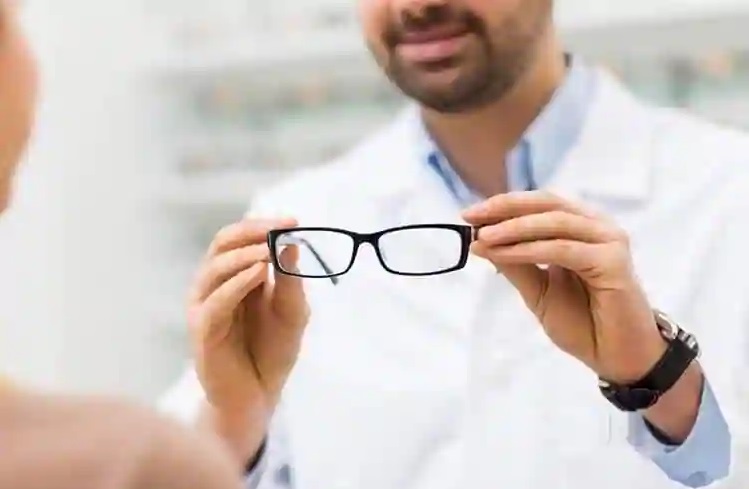

Opticals
There are two types of eyeglasses. Single vision glasses correct distance issues, and multifocal ones help with distance and with near-vision issues, like reading.
Multifocal lenses come in various forms:
- Bifocals have correction on the upper half of the lenses for distance and the lower half of the lenses for reading.
- Trifocals have three areas. There's the top half for distance, the bottom for reading, and a third area in between for middle vision
- Progressive lenses are bifocals and trifocals without a dividing line. They have a smooth transition between the vision areas.
Glasses: Pros
- Eyeglasses are easy. You put them on and go. You don't need special cleaning solutions, and they don't need much care.
- You can choose from a variety of frames to fit your style. If your vision stays the same, you don't have to change your glasses often.
- Also, you don't have to touch your eyes. You can easily take your glasses off and put them on any time you want.
Glasses: Cons
They can distort vision, especially at the edge of the lens if you have a strong prescription or astigmatism. You may not like the weight of the glasses on your nose or the pressure on your ears. Some people don't like the way they look in glasses. A lot of people have trouble adjusting to progressive lenses.
The lenses can fog up and get splattered in the rain. They may not be the best choice for sports or other activities.
Contacts
Contact lenses are thin discs of plastic or glass that sit directly on your eye to correct vision. There are two types -- soft and hard, also called rigid glass permeable.
Soft contacts, made of soft plastic, are the most popular type. They're more comfortable than hard contacts because they hold more water and do not touch the cornea.
There are several types of soft contacts:
- Daily wear lenses: You wear these during the day and clean them at night. You’ll replace them on a schedule your eye doctor suggests.
- Daily disposables: You wear them just once and throw them away.
- Extended-wear lenses: You can wear them overnight. Take them out at least once a week for cleaning.
Contacts: Pros
- They give you more natural vision than glasses. They move with your eye, and nothing blocks what you see. They don't fog up or get wet when it's cold or rainy.
- Contacts don't get in the way when you play sports.
Contacts: Cons
They need a lot more care than glasses. You have to clean and store them the right way. You can get serious eye infections if you don't clean your contacts well or don't wash your hands before handling them. If you have high astigmatism, your vision might get blurry when the lenses rotate. Toric contacts, a type just for astigmatism, are less likely to move around, but they’re more expensive.
It can take more time to get used to wearing contacts. They usually require more follow-up care with your eye doctor.



.png)

